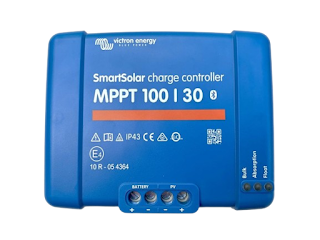Solar Power System Sizing: Days of Autonomy
Designing for autonomy in solar power systems is a critical process that ensures your system can continue to supply power during periods without sunlight, such as during cloudy days or at night. This involves calculating the energy needs to maintain uninterrupted power supply based on your chosen days of autonomy. For the purpose of this explanation, let's assume two days of autonomy as the target. Here's a comprehensive overview of the steps involved in designing for autonomy:
In our post, our calculated daily energy consumption of 20.75 kWh and a peak power demand of 3430 W, here's how you can apply these specifics to the previously outlined steps for designing a solar power system with two days of autonomy:
1. Assess Energy Consumption
- Daily Energy Usage: Your calculated daily energy usage is 20.75 kWh, which covers all devices and appliances powered by the solar system.
2. Determine Autonomy Needs
- Days of Autonomy: Targeting two days of autonomy, you require enough energy storage to cover this period without sunlight.
- Energy Storage Capacity: With a daily energy consumption of 20.75 kWh and aiming for two days of autonomy, you'll need a total energy storage capacity of:
20.75kWh/day x 2 days = 41.5kWh
Our Solar Power sizing series continues in our next post.



Comments
Post a Comment